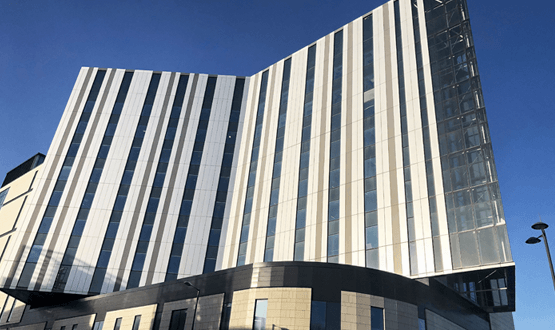Piedmont implements Carestream PACS/RIS
- 2 September 2009
The Maggiore della Carità Hospital in Novara, Piedmont, Italy, has begun implementation of a RIS/PACS solution from Carestream Health.
The new RIS/PACS solution will manage and archive digital x-rays and diagnostic images from the department of radiodiagnostics and facilitate data sharing with Galliate Hospital.
The system has so far been implemented in several departments at the Novara hospital. The next phase of the project will see it extended to the department of nuclear medicine and oncology department. A new IT infrastructure will also enable Galliate Hospital to store data on the central PACS archive.
Maggiore della Carità Hospital in Novara, is a public institution run by the Italian National Health Service.
The hospital is a highly specialised teaching centre, providing a comprehensive range of medical and surgical specialities. The hospital is the referral hospital for the north-west of the Piedmont region and is the leading oncology centre for the provinces of Novara, Vercelli and Verbano-Cusio-Ossola.
Professor Alessandro Carriero, head of the General University department of radiodiagnostics, said the new system will provide better joined-up and integrated care: “One increased beneficiary of this synergy will be the department of radiotherapy, which draws up treatment programmes based on results conducted either by the department of nuclear medicine or the department of radiodiagnostics.”
By using the system clinicians will be able to access all the investigations, and view them in additional ways, even in 3-D, and doctors will be able to recommend a more detailed radiotherapy programme. The RIS/PACS system will also be used to track a patient’s subsequent progress.
For inpatients, the hospital is working towards achieving, step by step, a completely paperless procedure. At present, departments can view investigations in two ways, either by connecting to PACS or by viewing the CD. In the future it is planned to introduce digital signatures, enabling a fully digital process.
“The quality and efficiency of the service we provide has improved,” said Professor Carriero. “The images with which we work are no longer static, they are dynamic, and we can interact with them. The data is available twenty-four hours a day, something which would have been unthinkable up to a short time ago.”




